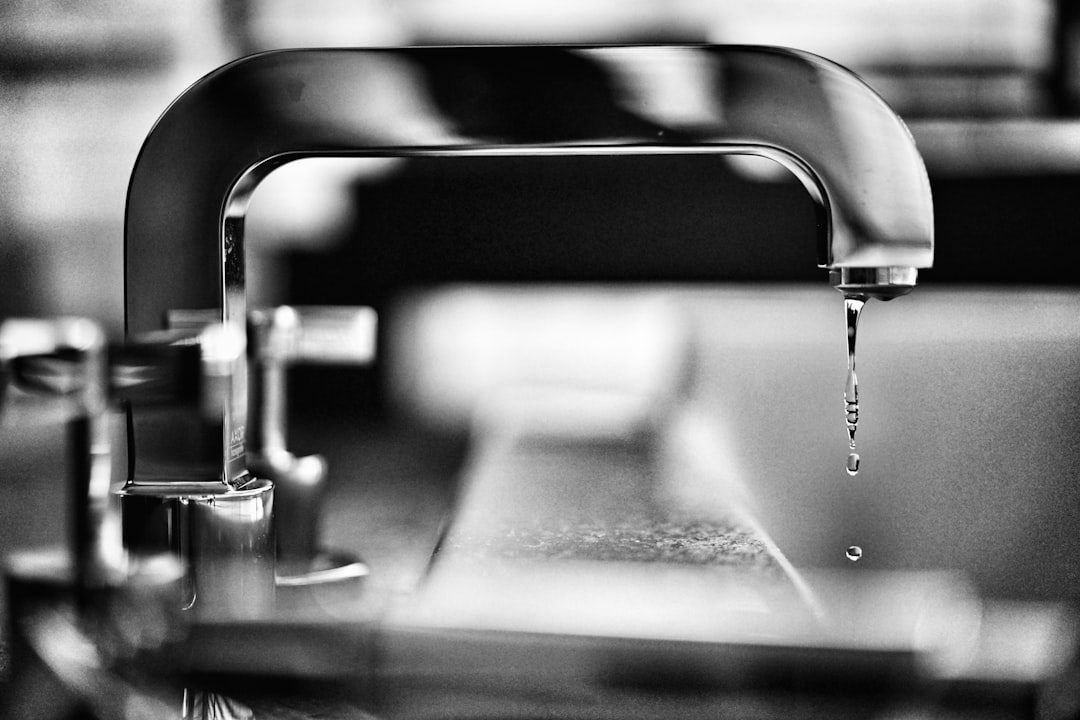What is it about?
Hopanoids are cholesterol-like lipids made by bacterial cells. Several classes of bacteria that live in the environment make hopanoids, which end up being in the cell membranes. These molecules provide bacteria with resistance to acid conditions and also to several antibiotics
Featured Image
Why is it important?
Our publication defines the genes required for the synthesis of certain parts of the hopanoid molecule in a bacterium that causes infections in patients with cystic fibrosis. These genes encode enzymes and the function of some of these enzymes has been identified for the first time in this paper
Read the Original
This page is a summary of: Elucidation of the Burkholderia cenocepacia hopanoid biosynthesis pathway uncovers functions for conserved proteins in hopanoid‐producing bacteria, Environmental Microbiology, June 2014, Wiley,
DOI: 10.1111/1462-2920.12509.
You can read the full text:
Contributors
Be the first to contribute to this page










